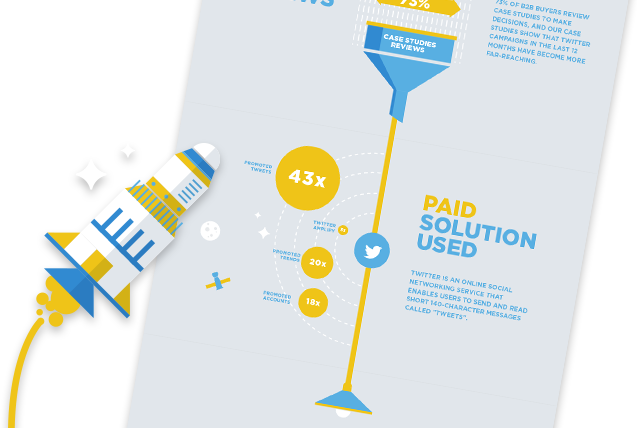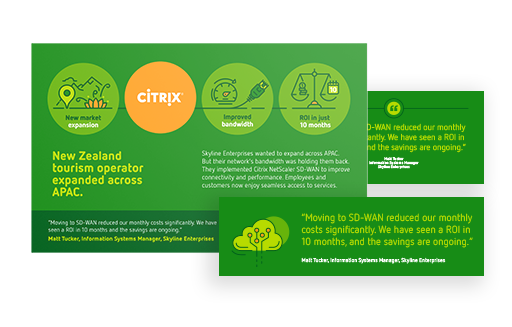
The dynamics between sales and their audiences (and prospects) vary tremendously depending on a number of factors. One of the biggest ways is in what sales teams believe that their audiences are focused on, versus what they are actually focused on. Understanding this difference and working to minimise misunderstandings can be integral to the creation of long-term and positive relationships.
In this article, we explore the relationship between the modern search behaviour of today’s users and what impact it can have upon your content marketing strategy. We decided to find out what users are actually in search of and how it compares to what sales teams believe their potential audiences are in search of.
Firstly, search is not dead. Period. It has just come of age and grown from a child-like position onto the next chapter of its evolution; and now it’s as busy as it’s ever been.
Back in 2007, our search behaviour was much more simplistic. We used search engines with less accuracy and created queries like, "Restaurants London" and “Theatre Paris” almost as though we were speaking to Google like a child. This trend was much more heavily weighted towards broader phrases, and therefore the results were less relevant or accurate.
As with any evolution, Google, amongst other search engines, developed to be much more intelligent, with more complex algorithms and a much deeper dataset for the delivery of enhanced results and relevancy.
This has transformed our search behaviour so that we speak to search engines much more conversationally as we would to a real person. This shows how far search has come in a decade.
Today, average search queries go something like, “What’s on at the theatre?” or "Where’s the best place to eat near me right now?". These more complex variations of earlier phrases are much more specific in nature, owing partially to our trust in Google as a reliable source of information that is already hyper-targeted to us. Google already knows where you are based in the world, your search history, and most importantly it has a detailed database of the local businesses in your area.
Go ahead, try searching “What’s on at the theatre”
As you will have noticed, the results were tailored to your exact location, and as such functioned very similarly to asking the same question to a friend.
This has had a profound effect upon how search algorithms work and how it understands what’s relevant to what the user is looking for.
Today’s search engine algorithms use something called (LSI) ‘Latent Semantic Indexing’. This method mathematically determines the relationship between concepts and terms in online content. The webpage content is crawled by a search engine and the phrases that most commonly appear are identified as the ‘keywords’ for the page.
As queries have become longer and more-conversational this has given rise to an increase in the average keyphrase length, which is now with a whopping 64% of searches having four words or more.
Key takeaway: The fact is that we now use search in the same the way we talk to others. Limiting your focus to only keywords will mean that your business is more likely to miss out on traffic from ‘conversational search’.
Contextual Content Marketing
Having explored the evolution of user search behaviour, how can we apply this to the content that your business creates to ‘speak’ to your target audience? Well, instead of thinking about every single variation of the exact keywords that diligently describe your business (which is often not great for a user to read), instead think about the topics you want your business to be most recognised for, and then the content that you create will cover that topic more deeply; adding a higher level of relevancy for the user.
Then, within your topic-based content, simply include the relevant keywords as well as a more natural flow on the page.
Content Marketing Strategy
- Overall Topics (Organised into Clusters)
- Pillar Content
- Subtopic Content
|
Keyword |
Topics |
|
|
This new approach will help your business to attract more relevant traffic to your web pages through broader topics, whilst also still capturing longer-tail keyword traffic at the same time. It's a customer-centric solution that’s better for your visitors, and will allow you to provide the answers that they’d expect to find without them encountering any technology hurdles.
One new approach to satisfy this is to offer more ‘Ungated’ content as part of your greater content strategy. The idea here is to:
- Attract more organic traffic
- Increase the quality of conversions
- Get more content in front of more people
Naturally, this new approach will reduce the overall numbers of ‘conversions’ from the campaign itself, but statistically, this should result in higher quality conversations as the leads will be more relevant.
This approach moves the ‘Conversion’ stage lower down the funnel to the ‘Decision’ stage. This means that users that do reach this stage are highly engaged, relevant and already have a strong understanding of the brand and product/service offering.
Many people don’t tend to provide contact information as easily as previous years, so this approach opens up new opportunities to access segments of the audience that otherwise would never have downloaded your content.
As an increasing quantity of content is consumed via mobile devices instead of on desktops, it is important to keep in mind that any gated content requiring that a form to access it is going to lower the overall quality and experience for the audience.
One other major benefit associated with ungated premium content is that it is searchable by Google - leading to potentially great results when users search for your featured keywords. When a PDF is gated behind a form, Google’s spiders are unable to read it and therefore it cannot be ranked in search results; no matter how strong the content may be. Any landing pages that lead to such content can help to offset this slightly, but as the actual content on the landing page is limited, the results are minor.
Sales Team Content Promotion Checklist
Short-term tactics:
- Send a topical email series to your current (subscribed) contacts
- Upload relevant email contact addresses to Facebook and create a ‘Lookalike’ audience
- Create a series of social posts using interesting snippets from the existing content
- Outreach to people/businesses who linked to similar content
- Answer five (5) questions on social media groups
- Comment on five (5) blog posts on relevant, authoritative sites (as thought leader)
Strategic tasks to achieve long-term:
- Build relationships with other industry influencers
- Contribute to industry newsletters, blogs and other reputable content sources
- Guest blog on authoritative websites (create ad hoc content)
- Become active on industry communities (LinkedIn & Facebook Groups)
- Syndicate content by sharing links on third party sites
- Continue sharing content on personal LinkedIn profiles to support business reach
Key Takeaways:
- We search as we speak today.
- Organise content into ‘Topic Clusters’
- Get your Sales Team involved in the conversation online
If you're interested in learning more about enabling your sales team or would like to develop a smarter profile for your audience why not reach out and get in touch with us.






